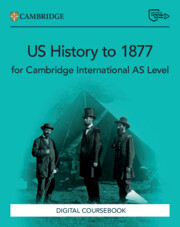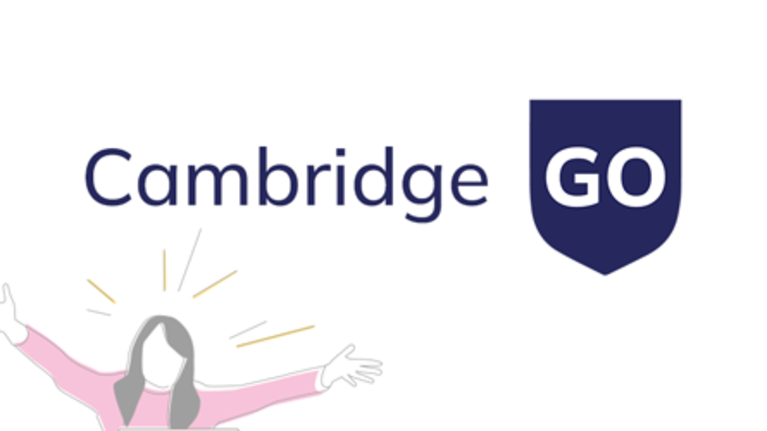Cambridge International AS Level US History to 1877 Digital Teacher's Resource
Overview
This digital teacher's resource provides support to guide students through the complexities of history. Supports teachers with the International and European AS Level options as part of the Cambridge International AS & A Level History syllabus (9489/9981/9982) for examination from 2027.
Features
- Detailed answer keys for all activities and worksheets to save teachers time and provide clear benchmarks for student work, facilitating efficient and accurate marking.
- Specific strategies and resources for addressing language barriers help teachers support students who may struggle with the language demands of historical study.
- 'Common misconceptions' gives insight into typical misunderstandings allows teachers to address and correct these issues, ensuring a clearer and more accurate understanding of historical content.
- Practical support includes academic writing activities, worksheets, and tasks focusing on key vocabulary, which help make topic-specific language easier to understand.
Contents
- Contents
- How to use this series
- How to use this Teacher's Resource
- Getting started with Cambridge International AS Level US History
- Chapter 1: Basics of US governance
- 1.1 Background
- 1.2 US government structure
- Chapter 2: Indigenous Societies, European Colonization and the Atlantic World, c. 1400s-c. 1800
- 2.1 How and why did indigenous peoples and Europeans impact each other in North America?
- 2.2 Why did distinct colonial societies and economies develop in North America?
- 2.3 How and why did the Atlantic world shape the British colonies in North America?
- Chapter 3: The American Revolution and the Emergence of a New Nation, c. 1765-c. 1815
- 3.1 Why did the Patriots desire independence of Great Britain?
- 3.2 How and why did different groups of people support the Patriots during the American Revolution, 1776-83?
- 3.3 Why did political parties emerge in the US after the American Revolution and how did they evolve in the early 19th century?
- Chapter 4: A Changing New Nation, c. 1820-c. 1850 00
- 4.1 How and why did politics in the US change from 1820 to 1850?
- 4.2 Why did a wave of reform movements emerge in the antebellum period from 1820 to 1850 and how successful were they?
- 4.3 Why did the debate over slavery intensify from 1820 to 1850?
- Chapter 5: The Impacts of Expansion, c. 1800-77 00
- 5.1 Why and how did the Market Revolution impact the US economy and society from 1820 to 1850?
- 5.2 Why did westward expansion impact US politics and culture in the mid 19th century?
- 5.3 How and why did US expansionism impact indigenous people from 1815 to 1877?
- Chapter 6: The American Civil War and Reconstruction, 1846-77
- 6.1 How and why did sectional divisions widen between 1846 and 1861, resulting in the American Civil War?
- 6.2 How far did the Civil War transform the lives of Americans?
- 6.3 What were the aims of Reconstruction and how successful was it?
- Chapter 7: Preparing for assessment
- 7.1 Overview of assessment and assessment objectives
- 7.2 Understanding what the question is asking you to do
- 7.3 Revision techniques
- 7.4 Assessment preparation
- Glossary
- Index
- Acknowledgements.
Brighter Thinking Blog
Keep up to date with the latest classroom tips and educational trends from our brighter thinkers.
Visit the blogCatalogues and Ordering
Looking for something in particular or just browsing? View our catalogues to see our full range of print and digital books.
View and downloadAdvice on useful tools
Advice on useful tools, activities and timetabling from teachers experiencing school closures.
Cambridge GO
All our supporting resources have now moved to Cambridge GO – the new home for your Cambridge digital content.
Listen to our podcast
Listen to our podcast to discover teaching inspiration & advice from leading educational thinkers.







